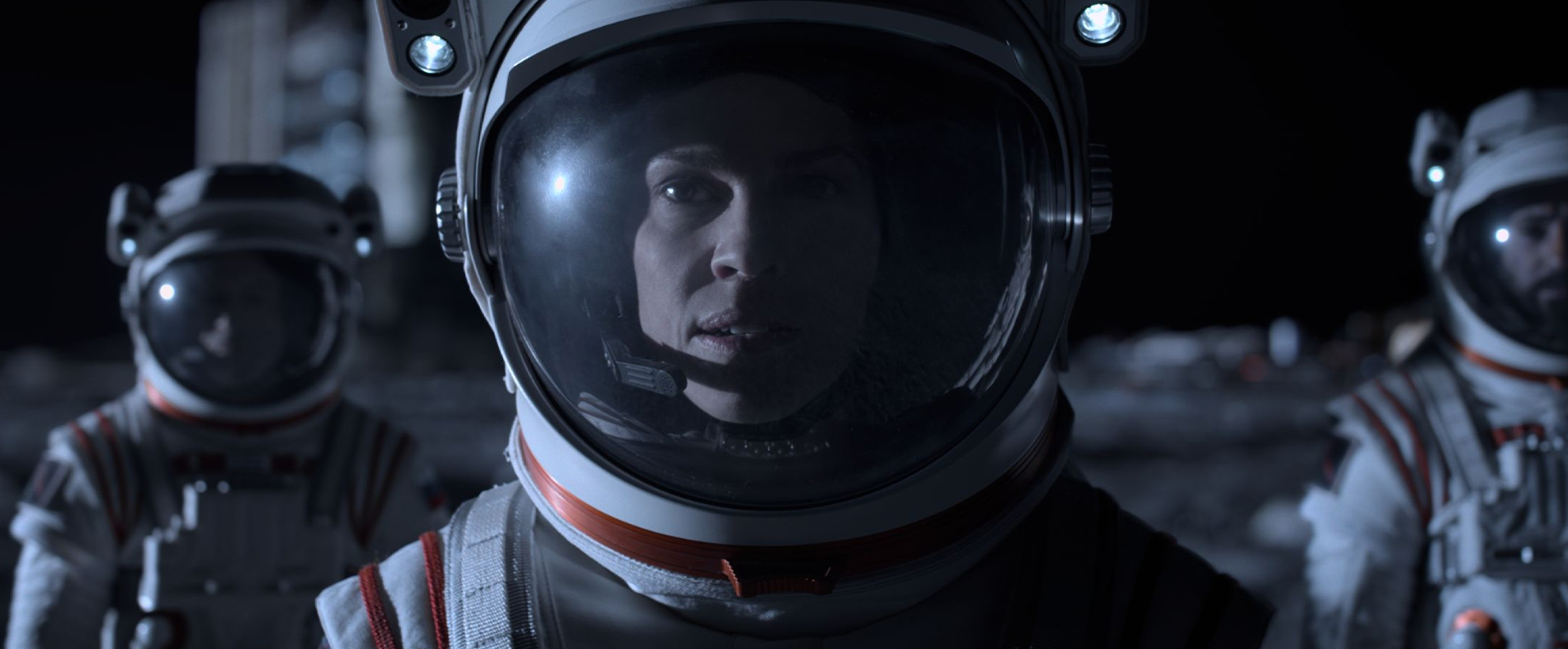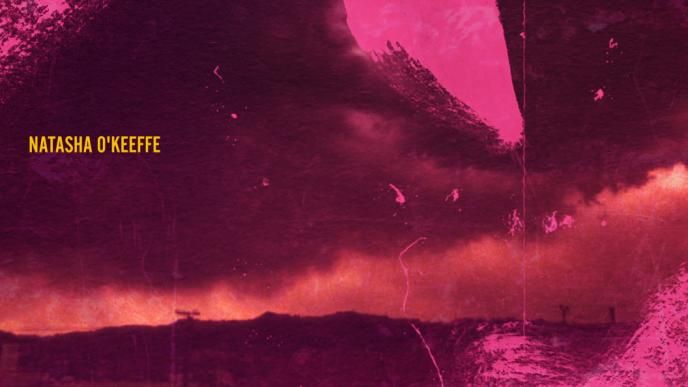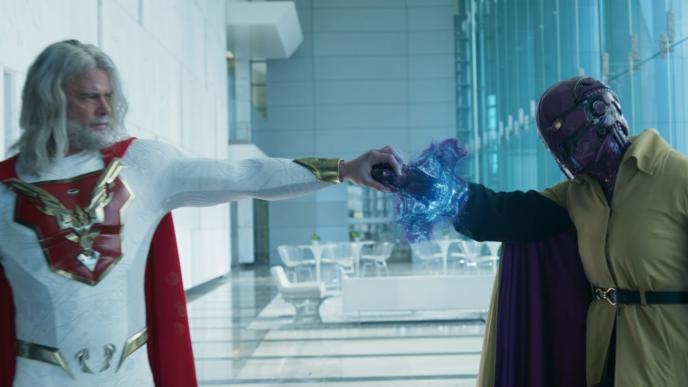
Away
To bring the new Netflix sci-fi drama series Away to life, Framestore collaborated closely with the show’s VFX Producer Scott Ramsey and VFX Supervisor Victor Scalise to create an array of photoreal depictions of space across each of the show’s ten episodes.


